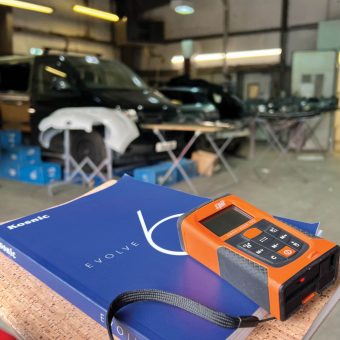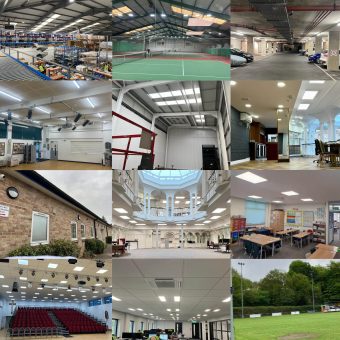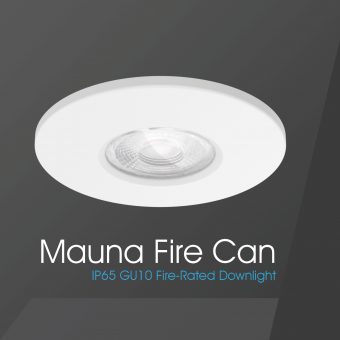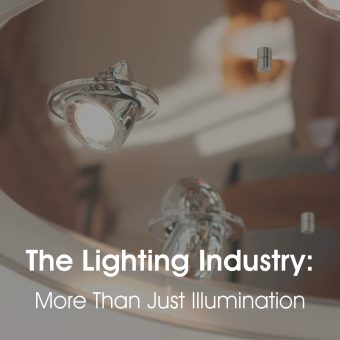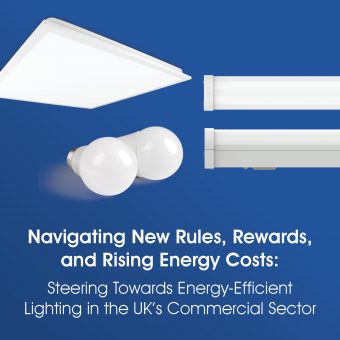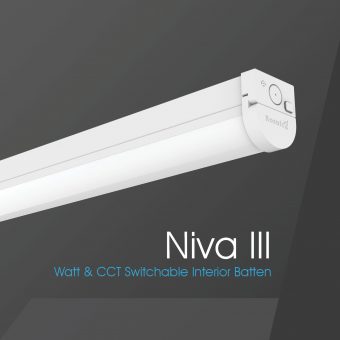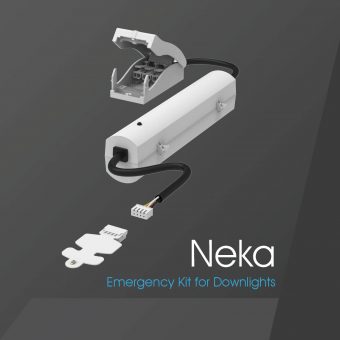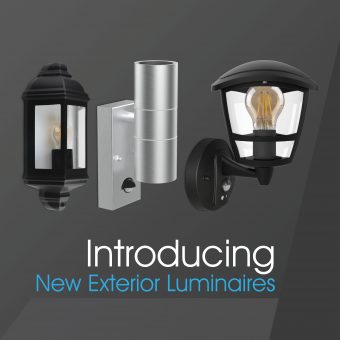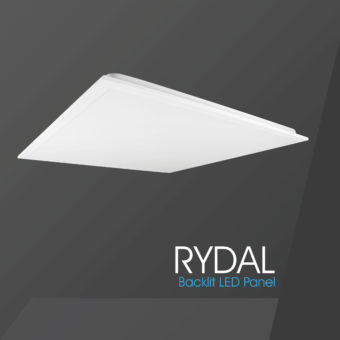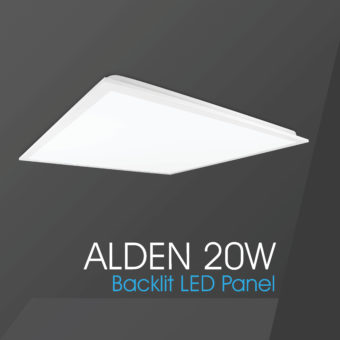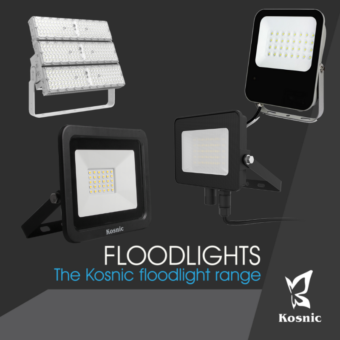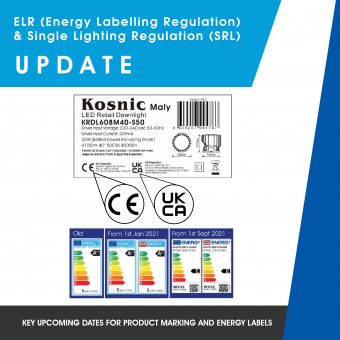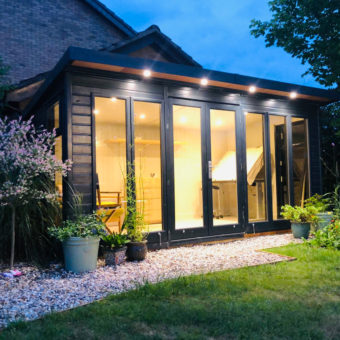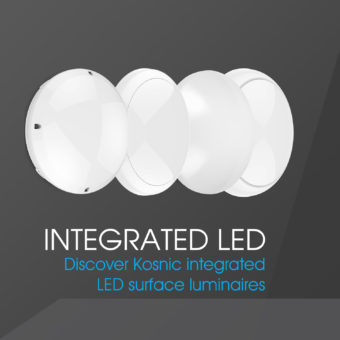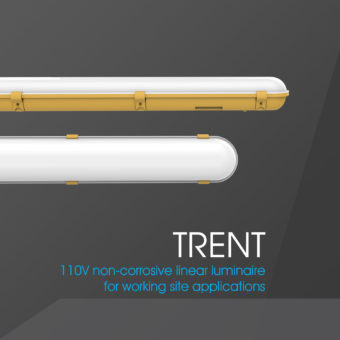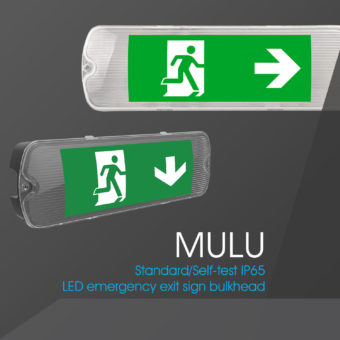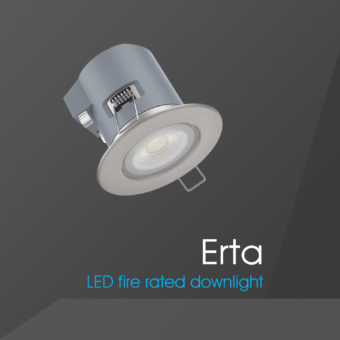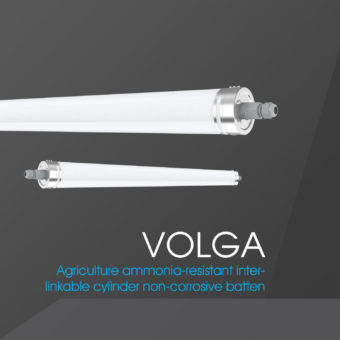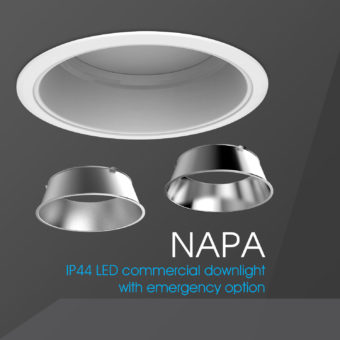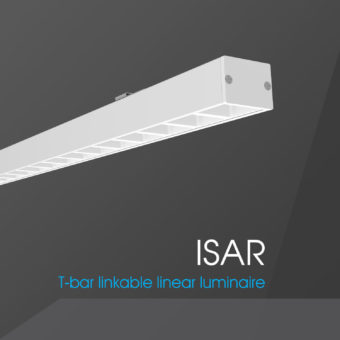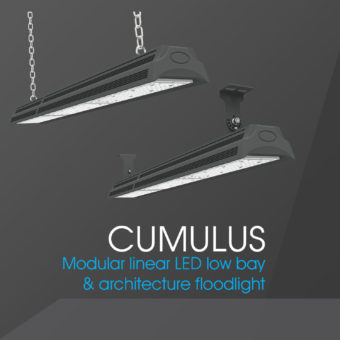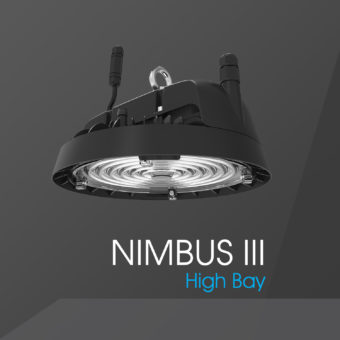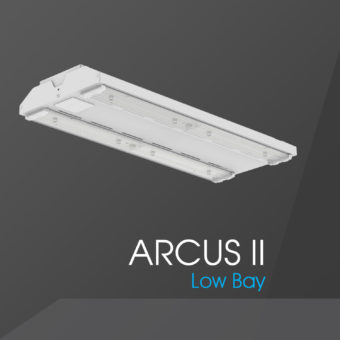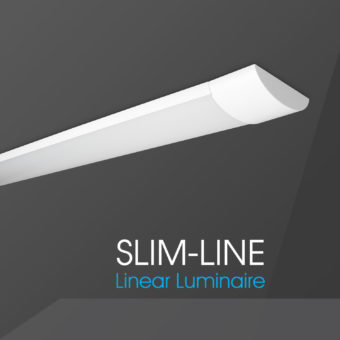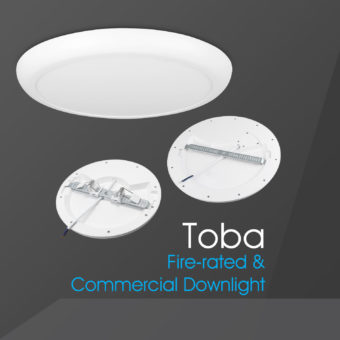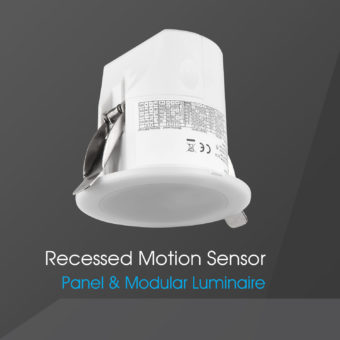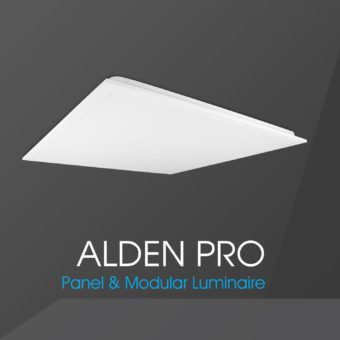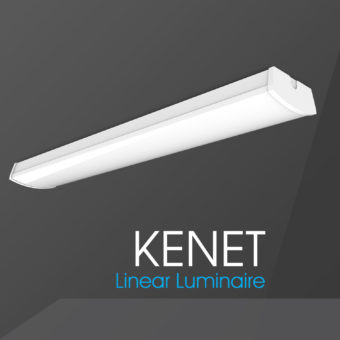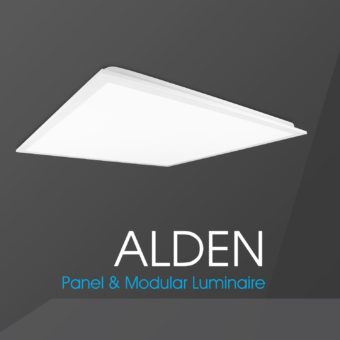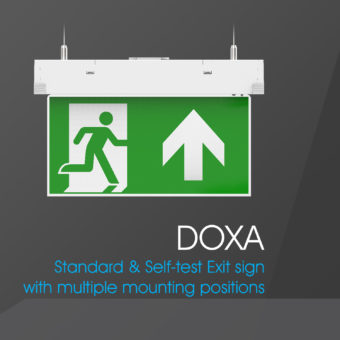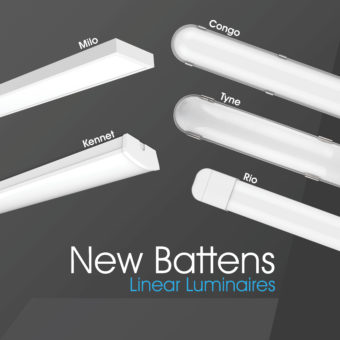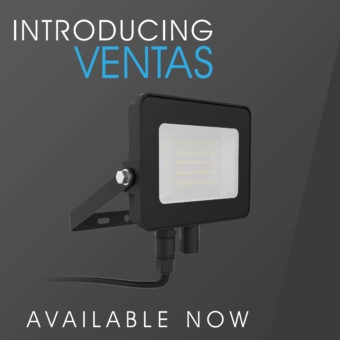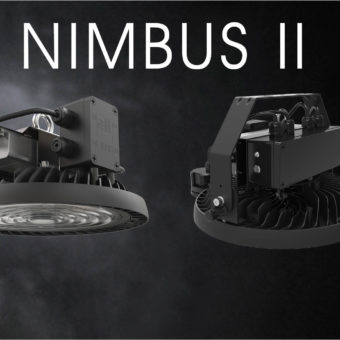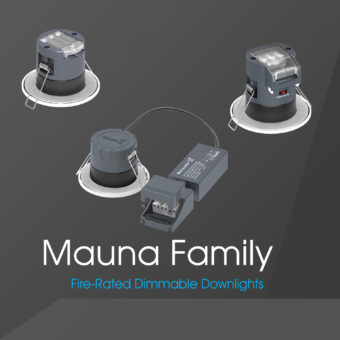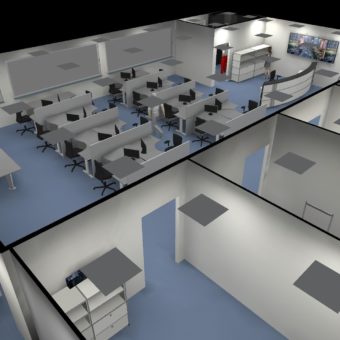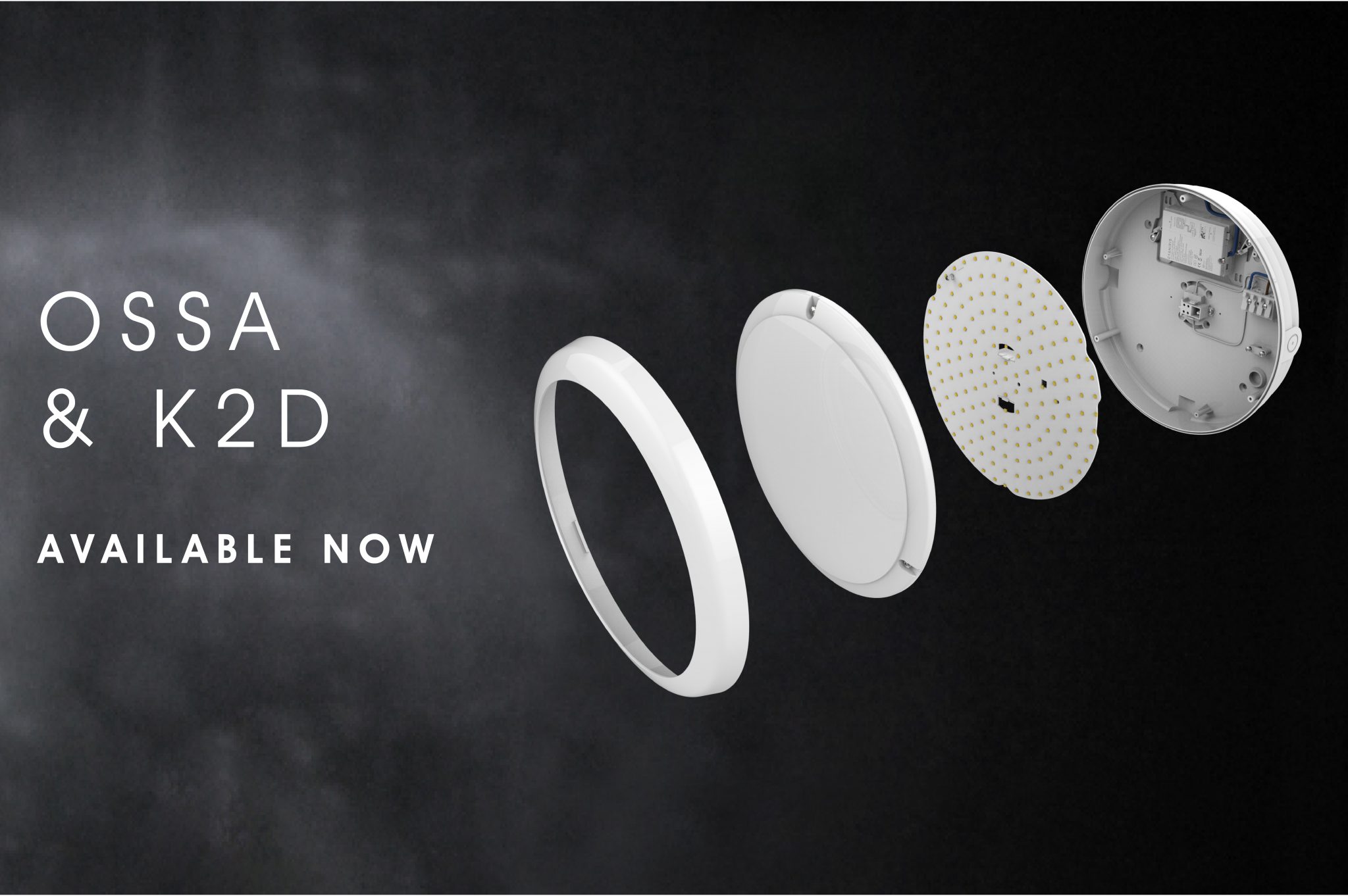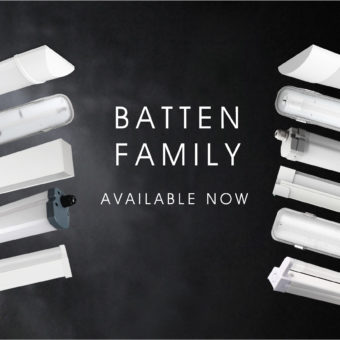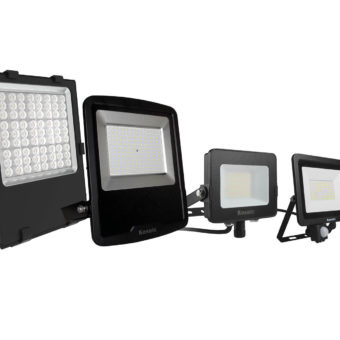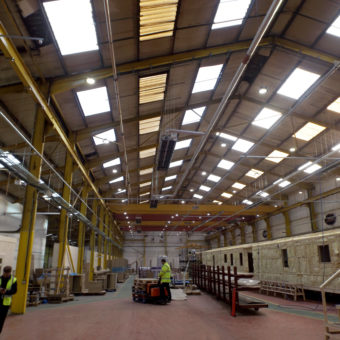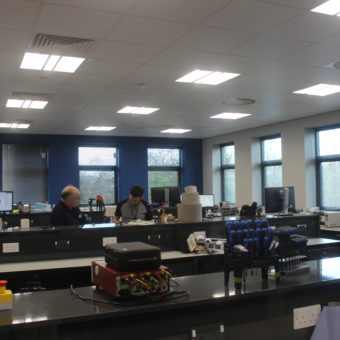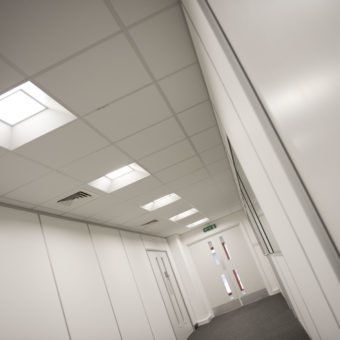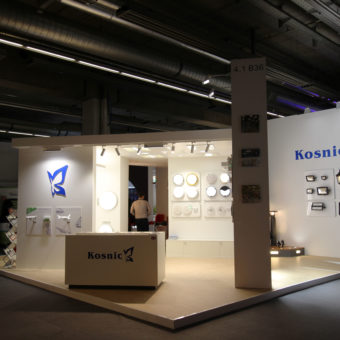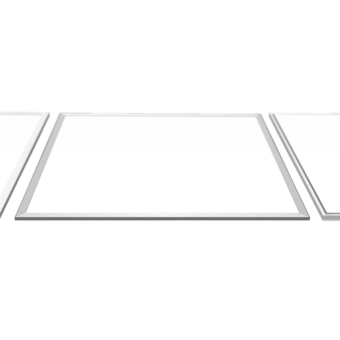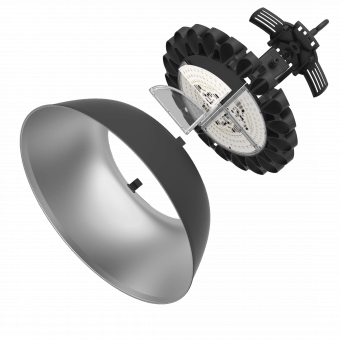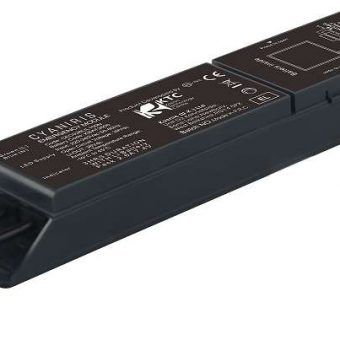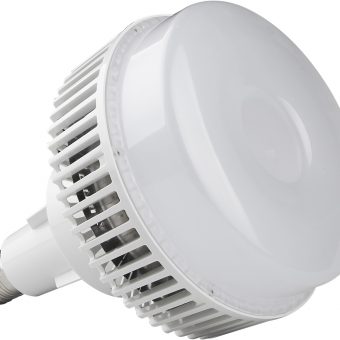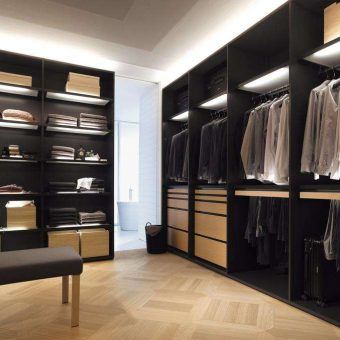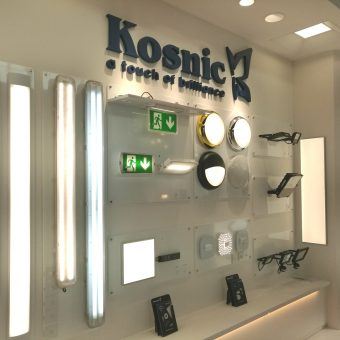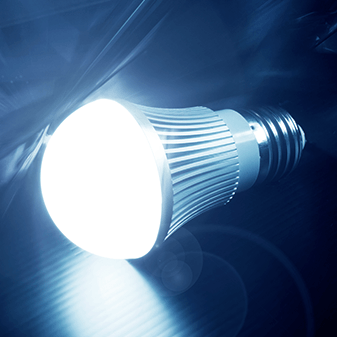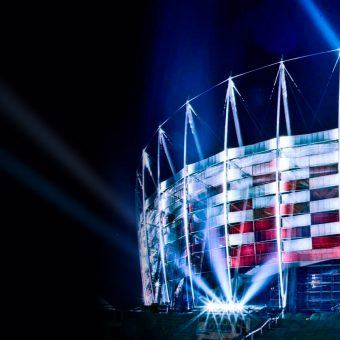Educational Lighting Tips
Research shows that the correct type of lighting can improve student engagement and learning by up to 20%. This proves just how important it is to make sure that the right products, and the right design guides, are implemented when it comes to lighting the classroom. In order to achieve this, there are several factors that are worth considering;
Knowing your surroundings
The first thing to consider is what type of areas are involved as the type of area will dictate the level of light, or illuminance, that will be needed. Understanding the requirements of specific areas is integral to understanding just what characteristics you will need in the product that you choose. For the purposes of this article, we will focus on one of the areas outlined above (the classroom) and provide various tips and factors that should be considered when it comes choosing lighting for this area.
Natural Light
It is very important that natural light is considered and utilised if possible. Not only is natural light proven to provide both physiological and physical benefits (and general wellbeing), but it can also help to achieve even greater energy savings. When designing for an area with an abundance of natural light, implementing daylight harvesting/presence sensors and dimming controls can help to reduce the energy bill on lighting even further.
Colour Temperature / Rendering
Leading on from above, the colour temperature of artificial lighting is also an important factor when it comes to light design for the classroom. As the stats shared above show, finding the right type of light is proven to increase productivity and performance. It is generally best to go with a cool white (4000k) with a high level of CRI to achieve this, as this will enable objects to appear closer to their true colour as seen with natural light. Basically, it is ideal to try and match the benefits that natural light gives us in learning areas.
Comfort
Just like office lighting (and lighting design guides such as LG7), it is very important to consider glare and flicker in areas where occupants are undertaking visual tasks. Non-flicker products should always be installed in educational areas as failure to do so can lead to serious discomfort for occupants, especially considering that eyesight could still be developing at earlier ages.
Glare is also important to consider when picking a product and providing a lighting design. The guidelines for an educational area are the same as an office (UGR<19). To achieve a UGR rating of 19 or below, many factors must be considered. For example; the size of the area, the luminaire, the luminaire placement, the reflection levels of surfaces etc. High glare levels can be responsible for further discomfort to the occupants, resulting in headaches, eyestrain, reduced concentration and diminished productivity.
It’s not just about the working plane
Illumination of the ceiling and walls is also important to consider. It can be easy to just concentrate on getting the right working plane illuminance and forget about the occupants that will actually inhabit the area, but this can lead to a claustrophobic, dark, and gloomy space (sometimes coined as “the cave effect”), which can lower happiness, concentration and productivity.
LG7 recommends that lighting designs should try to achieve around 30% of the average working plane illuminance on the ceiling, and 50% on the walls, to try and avoid this. Doing so can make an area seem bigger and more welcoming to its occupants. Try to consider using different luminaires to achieve this. Perhaps Modular LED luminaires for general lighting with LED Downlights around the boundary.
If you need help with a project, email the projects team at: project@kosnic.com
